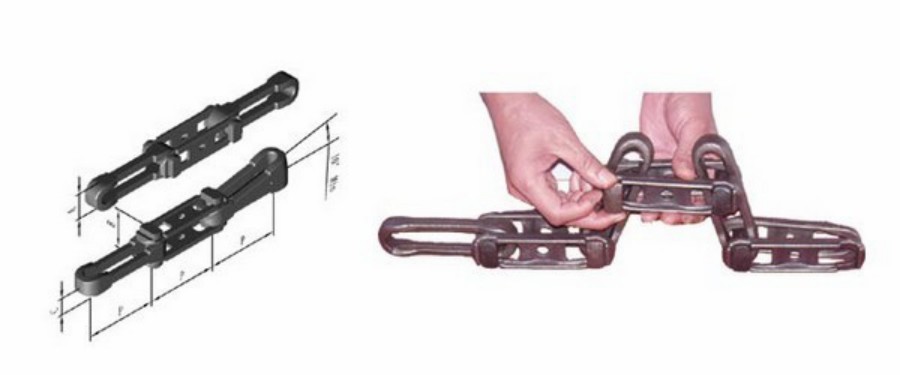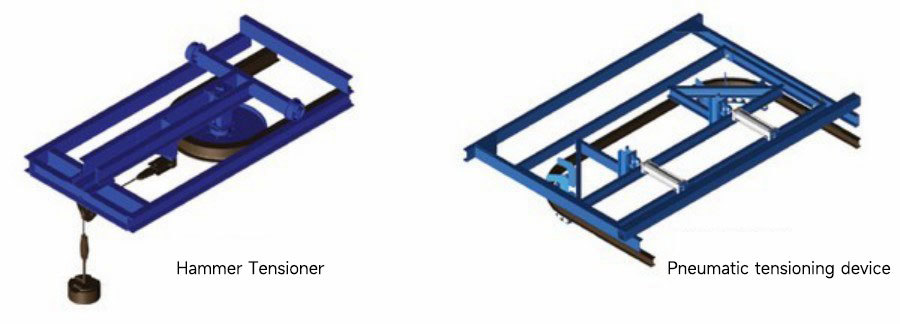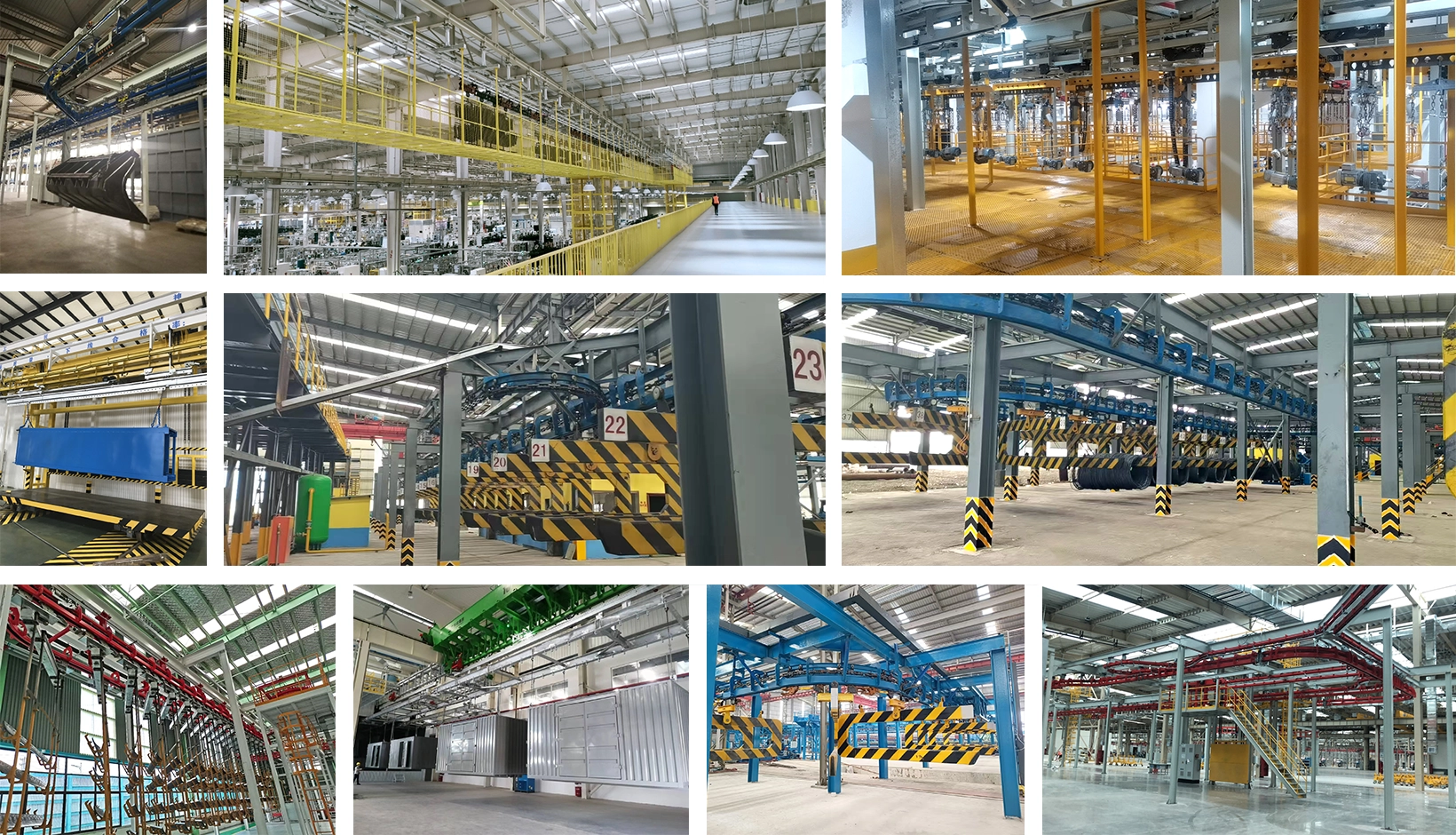

WT Series Heavy Duty Conveyor
Category:
Heavy Duty Overhead Conveyor
Chat with us now for a quick response.
Chat with us now for a quick response.
Keyword:
WT Series Heavy Duty Conveyor
WT series 3″, 4″, 6″ general type suspension conveyor is composed of driving device, tensioning device, slewing device, traction chain, slide, track, etc. In the suspension conveyor, the chain is the component that transmits power. Whether the traction chain is properly selected directly affects the service life and performance of the conveyor. The chain consists of inner chain plates, outer chain plates and pins, which can be easily assembled and disassembled without tools. Each component is made of special steel through precision forging, and has the advantages of high strength, heat resistance, friction resistance, corrosion resistance and impact resistance after heat treatment. The chain has good overall bending performance, can be used for small-angle vertical tilt and large-angle horizontal turning, and has low noise during transportation. The pin does not rotate during travel, has good wear resistance, and is easy to replace.

| Heavy-duty conveyor chain technical parameters | ||||||||
| Model | Parameters | |||||||
| A | B | C | D | P | Maximum breaking tension KN | Maximum allowable tension KN | Deadweight Kg | |
| WT348 | 28 | 41 | 21 | 13 | 76.6 | 98 | 9 | 3.1 |
| WT458 | 37 | 54 | 27 | 17 | 102.4 | 187 | 15 | 4.65 |
| WT678 | 54 | 81 | 39 | 22 | 153.2 | 320 | 27 | 9.43 |
Die-forged slides
The slides bear the weight of objects, slings and chains, and also bear the combined force of chain tension in the vertical bending section, and ensure that the chain runs along the track. When the distance between two loaded slides in the line exceeds 800-900mm, an unloaded slide can be added in the middle.

| Heavy-duty conveyor carriage technical parameters | ||||||||||||
| Model | ||||||||||||
| A | B | C | D | d | d1 | H | h | φ | P | W | W1 | |
| 3" | 100 | 80 | 64 | 80 | 14 | 14 | 20 | 14 | 60 | 76.6 | 125Kg | 250Kg |
| 3×4" | 100 | 80 | 74 | 80 | 14 | 14 | 20 | 14 | 60 | 102.4 | 125Kg | 250Kg |
| 4" | 136 | 100 | 80 | 73 | 16.5 | 20 | 27 | 17 | 82 | 102.4 | 250Kg | 500Kg |
| 6" | 175 | 160 | 100 | 93 | 20 | 25 | 33 | 21 | 135 | 153.2 | 400Kg | 800Kg |
Drive device
The drive device is the power source of the conveyor. There are two types of drives for heavy conveyors, one is the angular drive device and the other is the linear drive device. The angular drive device has the advantages of simple structure and low cost. The disadvantage is that it can only be installed at the horizontal turning point of the traction chain. The conveyor line layout is limited. It uses the safety pin for safety protection and is generally used in conveying systems with simple lines; the linear drive device is widely used in any linear chain drive. It consists of a sleeve roller transmission chain and a pusher. With the help of the mutual meshing of the driving pusher and the detachable chain, it moves forward to ensure the normal operation of the conveyor. The overload protection is that a supporting cantilever is installed on the reducer, and the other end of the cantilever is connected to the drive frame. The cantilever is equipped with an overload protection spring. Under normal conditions, the driving force is just balanced with the reaction torque formed by the spring. When the resistance in the line is large, the driving torque increases accordingly, the reducer body rotates, and the spring is further compressed. When the driving force reaches 1.5 times the rated tension, the travel switch is triggered and the conveyor stops.

Tensioning device
The tensioning device adopts heavy hammer or pneumatic tensioning, light wheel or roller row rotation, and the tensioning working stroke can reach 700 mm, which can ensure that the initial tension of the chain remains unchanged, the operation is reliable, and the conveyor can work safely in any working environment.
Application

GET A FREE QUOTE


